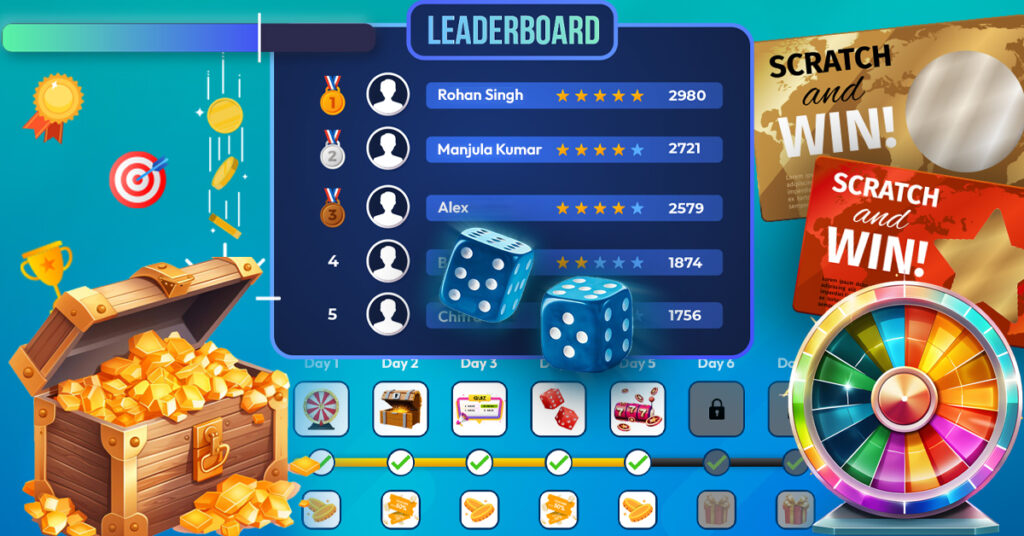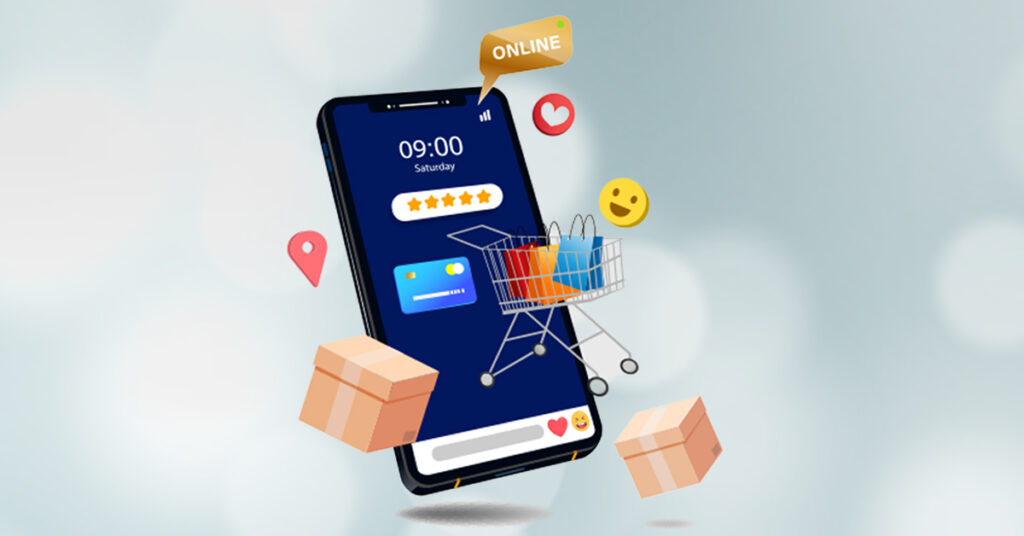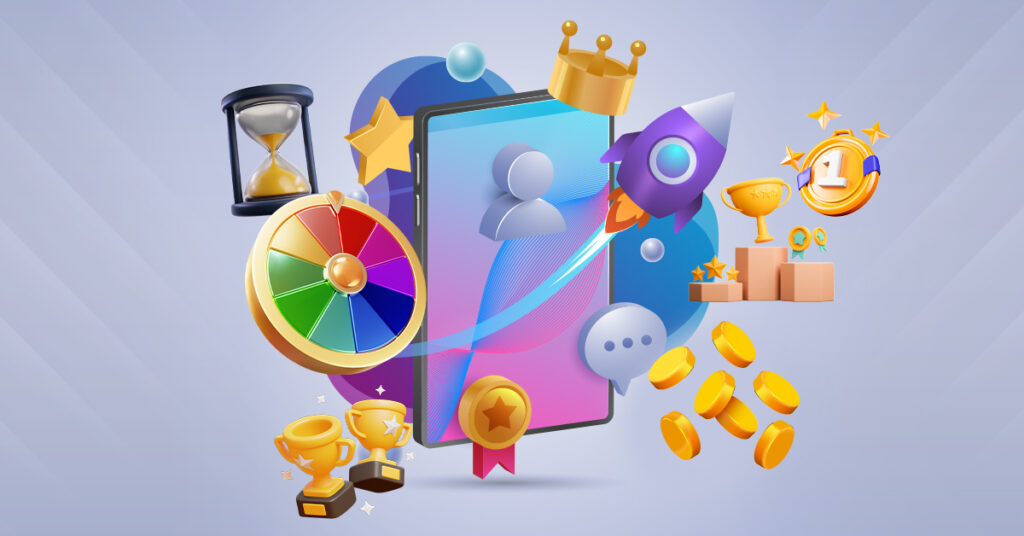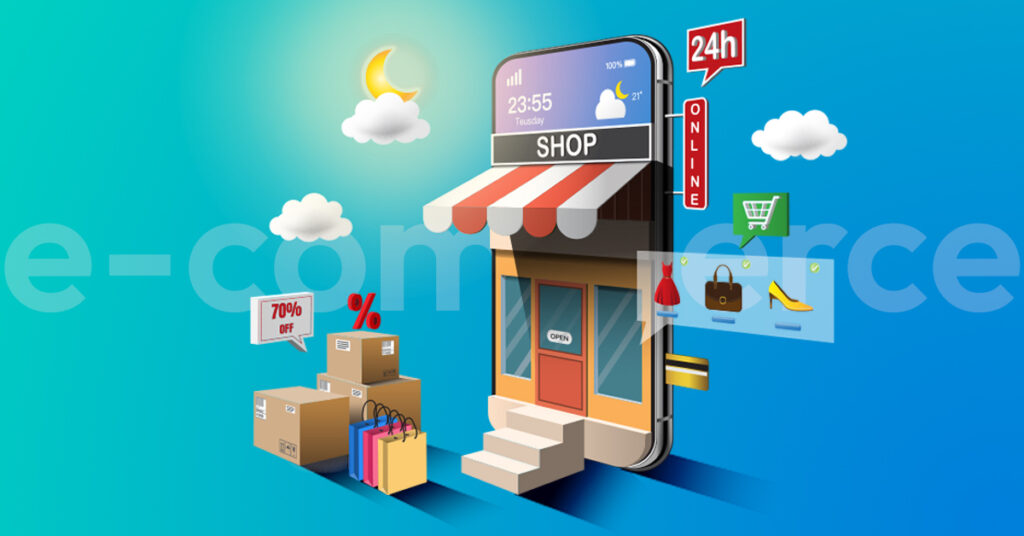People wait eagerly for me every year.I am not a festival, and yet I am celebrated by all like one.Punctual and full of surprises.Meet me sooner, and you shall make the most of me.Who am I?
Any guesses? Okay, let’s give you a hint. It’s already arrived, and peeking over your phones from top e-commerce apps, shouting out discounts, mega sales, up to 80% off and more, loud!
For those who were able to solve the riddle, congrats! To those who couldn’t, we’re talking about Festive Sales, which arrive once a year with great joy and huge discounts.
Dussehra, Diwali, Halloween, Black Friday, and Christmas will be showering discounts for the next few months of 2023 and with that comes competition.
Flipkart, an Indian e-commerce company, has already recorded 1.4 billion customer visits during ‘The Big Billion Days’ festive sales (Business Standard).
With top e-commerce companies running sale offers, it’s only natural for small and medium e-commerce businesses to experience low website traffic and ROAS.
But does that mean you continue to stick to the marketing norms? No, you don’t have to. This festive season, we bring you something that will add a twist to your current marketing strategies.
Ready? 5, 4,3,2,1 and presenting you the ultimate Gamification Cheat Sheet for E-commerce.
Yes, after noticing marketers (especially those already aware of gamification) wondering how to implement gamification in e-commerce, we have put together the best strategies to help boost e-commerce sales during festive times.
This cheat sheet will help you pick 9 gamification templates that work and ignite ideas on using them to your e-commerce sales advantage. Let’s start:
1. Spin the wheel:
The oldest, the most common, the easiest to use and the most effective gamification idea for e-commerce.
You can add a spin-wheel anywhere from directly on your home page to triggering it 15 seconds after user inactivity or right before checkout.
However, what matters the most are the customisation and purpose of your spin-wheel gamification.
For this, let’s consider a scenario where a website visitor is scrolling through the scented candles category of an e-commerce store.
Say it’s been 15 seconds, and the user hasn’t added any candle to the cart.
Here’s what you can do in this case:
- Create a spin-wheel offering a discount on five candles from the scented candles category.
- Set probabilities for winning each candle, with that of the costliest one set to the lowest.
- Trigger the spin wheel, encouraging users to try their luck.
- Nudge the user to use the discounted coupon at checkout.
2. Leaderboard:
Let’s face it, we humans like to be challenged. How can you leverage this as an e-commerce business to grow your seasonal sales? Enter leaderboards!
Leaderboard gamification is the best way to make visitors compete by performing specific actions and rewarding them.
Since we’re speaking of festive sales, let’s check how it works: An e-commerce company wants to gamify its homeware collection sales using a point-based leaderboard.
For this, they run a leaderboard contest challenging visitors to collect lamps (loyalty coins) with one lamp denoting ₹1.
- Ten lamps on purchase of products from the homeware category with a total minimum purchase value of 15
- Five lamps for leaving a review on any 1 product
- Two lamps for sharing a product on social media
- One lamp for daily login
As users collect lamps, they can redeem them at checkout as well as climb up a a leaderboard where a user with the maximum lamps at the end of the sale, wins the challenge.
3. Daily Streak:
All e-commerce companies, literally all of them, start offering significant discounts during the festive season. But one question remains: Why should customers buy from you?
If you’re selling vegan food, competitors are too. If you have a good range of discounted sportswear collections, so do other e-commerce sites.
So, how can you engage potential customers with your brand in a way that leads to sales?
Make them keep coming back to you for something meaningful, and streaks gamification enables that.
You can challenge users to engage with your app, let’s say, for five days in a row with a massive discount on a specific brand waiting on the 5th day.
Take a beauty products company, for instance.
- Day 1: Login.
- Day 2: Visit the eye make-up category.
- Day 3: Add your favourite items to the cart.
- Day 4: Watch an in-app eye make-up tutorial video.
- Day 5: Unlock a 30% coupon on total cart value
4. Treasure Chest:
Psychologists say humans are susceptible to dopamine hits and will engage in actions which deliver that. Such experience can be combined with rewards to increase certain behaviours.
But offering rewards doesn’t just mean triggering a discount pop-up as soon as someone lands on the website.
It means creating a reward journey so that users who enjoyed it once are on the lookout to experience that again, and a treasure hunt is a gamification idea that can propel this.
Imagine a user lands at your home decor e-commerce website and sees four treasure chests with a message that says, “Collect five festive home decor items to save 30% off on your first purchase”.
Every time the user visits different pages within your website, a treasure chest with a new home decor item will pop up, encouraging the user to open it and see what they find.
Result? Your website engagement will increase; users will be excited to collect all five items and will eventually use the 30% discount coupon, closing your sale loop.
5. Progress bar:
“How much longer before we reach?”
“Just ten more minutes”.
Don’t we all like to have clarity on how close we are to our destinations or goals that we are a part of? Progress bar gamification uses the same principle.
It shows how far along users are in a task they began, reducing uncertainty.
Additionally, progress bars are great ways to push users to complete a task by telling them what’s keeping them from reaping the task completion rewards.
For example, let’s take a referral program for a watches and accessories e-commerce brand that offers both referrer and referee a 20% discount code on a successful referral.
Say the referrer goes ahead and shares an invite link with a referee. What next? Will the referrer simply wait for the referee to purchase the referral to be successful?
In this case, a progress bar can help the referrer track his referral status.
Once a referrer sees that the invited friend hasn’t claimed the discount code yet, they will nudge them to seek their 20% discount code.
What’s in it for you as an e-commerce brand? You get to ensure that your referral or word-of-mouth marketing conversions increase.
6. Scratch card:
Most people have scratched a recharge or reward card using a coin or key.
What a fun feeling that used to be, with our curiosity increasing as the opaque layer starts to fade away.
Well, curiosity is the most potent tool of marketing, it goes without saying, and you can use scratch card gamification to not only engage your users but also discounts.
Since everyone likes surprises, you can set variable rewards within scratch cards and put them on various pages based on user journeys.
For instance, you can give a surprise discount as a scratch card to users browsing your bath and body category, motivating them to find out what they have won.
7. Trivia:
As per psychology, we see something as more desirable when it is less available. How about we use this to your e-commerce sales advantage?
Consider an e-commerce store that sells trending merchandise based on popular shows and characters, with Naruto T-shirts being one of them.
How do they use gamification to increase their t-shirt sales? By launching a video quiz on Naruto, a famous Japanese anime.
The video-based quiz could challenge visitors to test their skills by watching a short clip on a powerful Ninjutsu that Naruto performs and naming it.
The gamification can be further toned down by showing the quiz amongst the Gen-Z user segment and giving Naruto merchandise discounts to those who answer it correctly.
8. Roll the dice:
Who’s not aware of the Roll a Die game, right? One of the quickest ways to implement roll-the-dice gamification is to
- Ask website visitors to roll a die with each side representing no. of the products.
- If someone gets 2, they get free shipping on three products.
- If someone gets a 5, they get free shipping on five products.
This way, users will not only be excited about engaging with the roll the dice game but also add the above no. of products to their cart to avail of free shipping.
One more e-commerce roll-the-dice gamification use case would be to offer free shipping only when a user rolls and gets a 6!
9. Toss the coin:
Have you watched the famous Bollywood movie Sholay? If you have, you’d know that in the movie, he flips a coin whenever Jai wants to settle a disagreement with his friend Veeru.
Flipping or tossing a coin is a game we have played for ages and can be used to increase your e-commerce conversions.
For example, clothes confuse one a lot when it comes to shopping online. One just can’t make up their mind.
In this case, you can run a ‘Choose Your Festive Look’ campaign, asking users to toss a coin with each side showing a whole festive look, including clothing and accessories.
Each festive look (coin side) can be associated with a special discount voucher; whichever side it is that users win, they can avail a discount on the whole collection.
This gamification strategy can be an excellent way to increase a particular collection’s sales.
Conclusion:
This festive season, our goal is to convey the ‘same discounts, new ways’ messaging wherein your users are internally motivated to choose you.
You can achieve this by gamifying your e-commerce store. However, a common notion associated with gamification is that it’s all about adding games, leaderboards, spin wheels, etc.
No, it’s more than that! Whether a gamification campaign will work for you or not depends on how you design it and map it to your goals.
We’re here for you if you’re interested in brainstorming the above gamification ideas for your e-commerce business.






